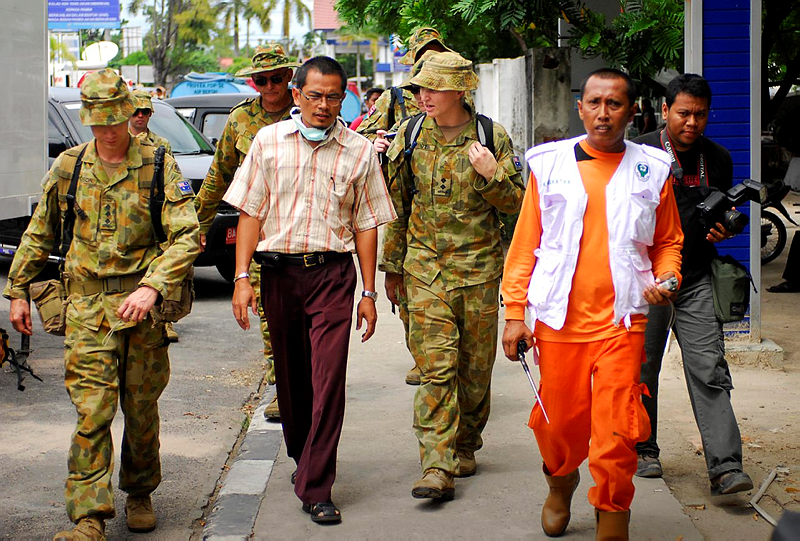Grand Strategy? Developing resources…
Choosing which grand strategy to use depends on how others can be influenced—however, this is only half of the matter. There is also an internal dimension where the power is developed that the external dimension of the grand strategy needs; this involves developing the necessary people, money, and materiel. While often overlooked, such resources are fundamental to turning grand plans into grand outcomes. In this ‘strategic synthesis’ the external and internal dimensions are not just opposite sides of the same coin but also influence each other.
There are two key aspects. Firstly, grand strategies operate through time. The resources needed to support and implement a grand strategy need to be available when required, but not before, or indeed after. Given enough time, considerable resources can be developed and turned into the instruments of the national power needed. This needs to be taken into account in the grand strategy.
Secondly, in developing resources the state can choose between a managerial approach—becoming deeply involved itself in developing the necessary resources and actively directing society—or manipulating global market forces and using incentives and regulations to develop the resources the grand strategy needs. The first was used by Australia (and others) in World War II and in the Vietnam War, but the second is more common in today’s wars of choice. Read more


